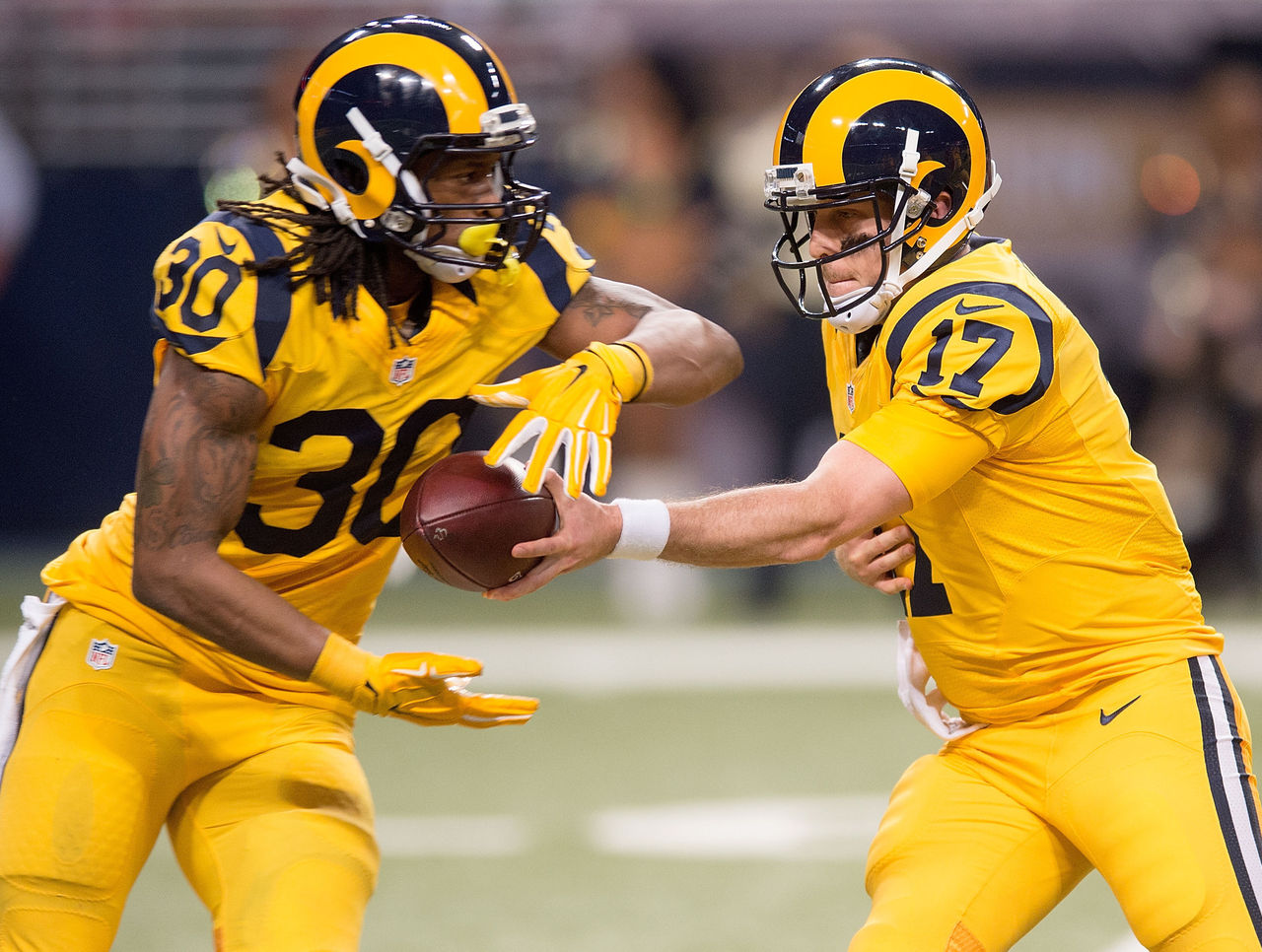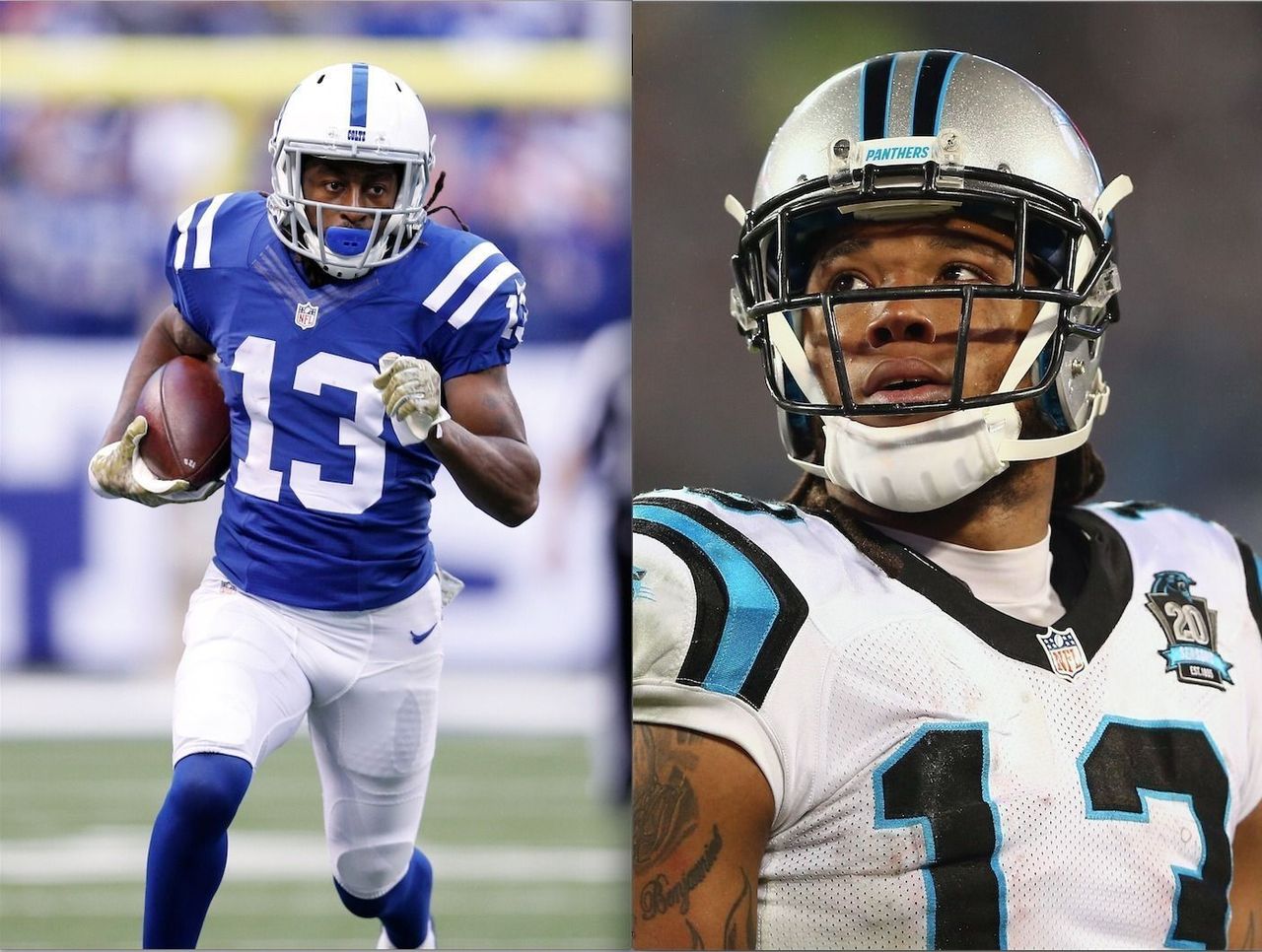What do mock drafts really tell you?
Mock drafts may seem tedious and time consuming, but they're a great indicator of what to expect come draft day. Mock drafts highlight certain trends that can be expected, force you to decide which players you prefer, and help you refine your strategy come draft day.
Here are a few key lessons that fantasy players can take going forward into their upcoming drafts and some that can be applied for years to come.
How far you're willing to reach
Fantasy players often enter their draft with a handful of players they're targeting. But in order to nab a player they want, drafters might occasionally be forced to reach earlier than they had hoped due to the realization that the player in question won't be available by the time their next pick rolls around.
By going through mock drafts, you can see where players are being selected - making it easier to decide on which ones you are comfortable passing on, and exactly how far you are willing to reach for them.

When to expect positional runs
Every draft sees runs in which players of the same position fly off the board all at once. To predict these positional runs, drafters should look at ADPs and identify how many of these players make up certain sections of the draft.
The most pronounced positional run this year may be at the tight end position. After 2015, a year in which an NFL-record four tight ends eclipsed 1,000 yards receiving, ADP data shows that many drafts will feature two distinct TE runs.
The first TE run should be expected between picks 40-70, with six tight ends going around this 30-pick window (ADP data courtesy of FantasyPros):
| PLAYER | ADP |
|---|---|
| Jordan Reed | 38 |
| Greg Olsen | 44 |
| Travis Kelce | 61 |
| Tyler Eifert | 63 |
| Delanie Walker | 64 |
| Coby Fleener | 73 |
The second TE run is likely to take place between picks 90-110 and should see five options selected in this window:
| PLAYER | ADP |
|---|---|
| Gary Barnidge | 88 |
| Zach Ertz | 98 |
| Ladarius Green | 97 |
| Julius Thomas | 100 |
| Jimmy Graham | 110 |

Focus on wide receivers
The biggest trend of the 2016 fantasy season has been the devaluation of the RB position. With many players targeting WRs in the opening rounds of their draft, don't expect many top-flight receivers to be available come Round 3.
For those who have previously implemented an RB-RB strategy in the first two rounds or a 2RB-1WR strategy for the first three rounds, these tactics could prove more dangerous than in years prior, as the crop of elite receivers thins out faster than ever before.
By going through a few mock drafts, fantasy players can better acclimatize themselves to this new landscape that is sure to affect their draft, whether that means securing two WRs in Rounds 1 and 2 or seeing how selecting a first-round RB will affect the composition of your team as a whole.

Fantasy Faceoffs
Another benefit of mock drafts is encountering the inevitability that you'll have to choose between two or three similar options.
A player picking in the late part of the third round is likely to be left with a group of players such as Jarvis Landry, Latavius Murray, and Jeremy Maclin. Someone searching for an RB2 in the back end of the fifth round is likely going to be choosing from Jeremy Langford, Ryan Mathews, or Matt Jones.
In either of these situations, someone who has completed a few mock drafts will know who they want from this refined pool, as mock drafts will have already forced them to break down certain choices.
theScore's NFL Draft Kit contains a series of Fantasy Faceoffs where we break down which players to select in specific head-to-head draft situations.